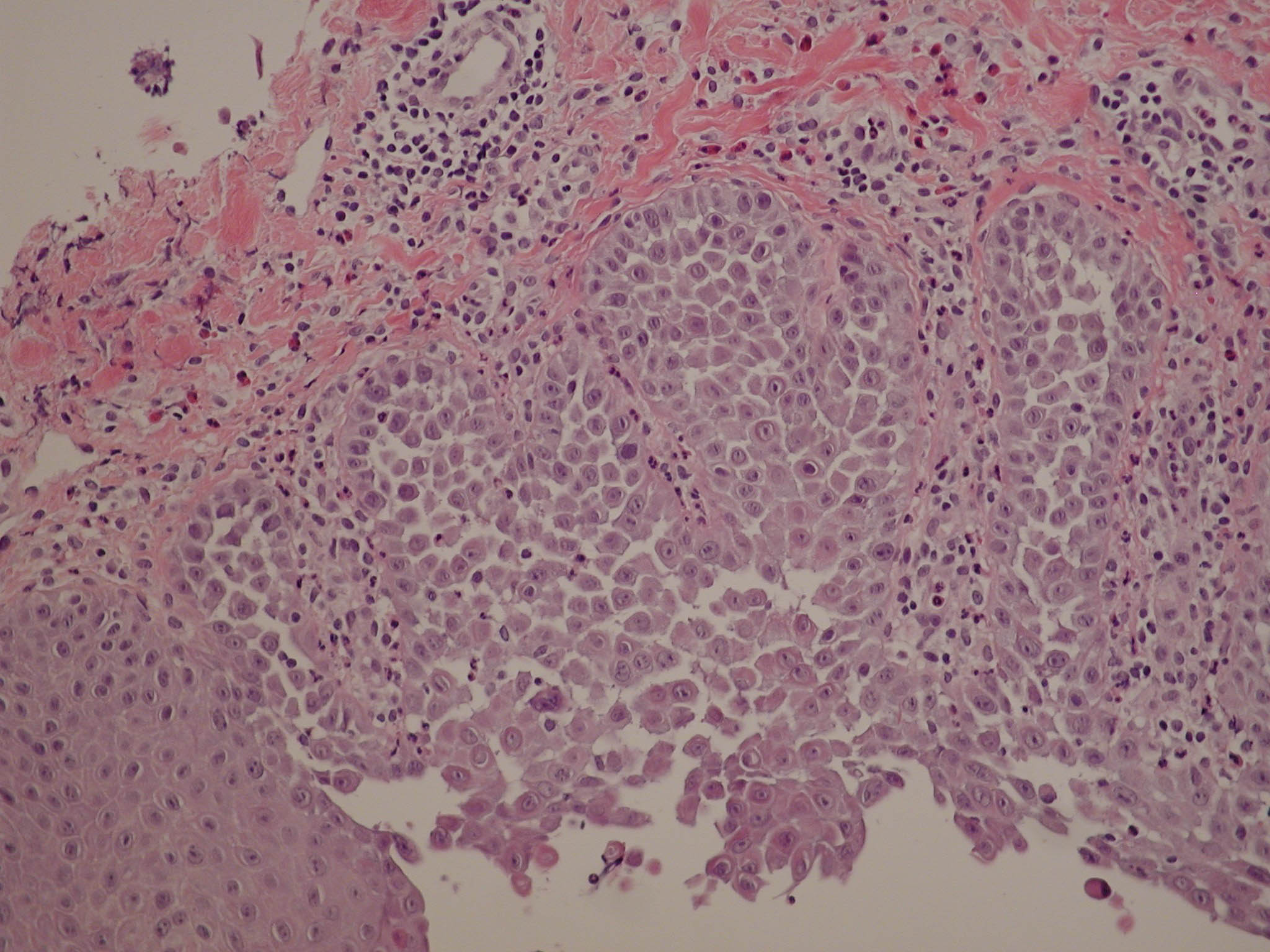Rev Med Chil. 2011 May;139(5):633-7. doi: /S0034-98872011000500011. Epub 2011 Sep 16.
Source
Department of Dermatology and Venereology, Medical Faculty, Trakian University of Stara Zagora, Bulgaria. georgi_tchernev@yahoo.de
Abstract
Benign chronic familial pemphigus (Hailey-Hailey disease) is a rare autosomal dominant blistering skin disorder characterized by suprabasal cell separation (acantholysis) of the epidermis. The Hailey brothers first described it in 1939. Hailey-Hailey disease usually appears in the third or fourth decade, although it can occur at any age. Heat, sweating and friction often exacerbates the disease, and most patients have worse symptoms during summer. It is characterized clinically by a recurrent eruption of vesicles and bullae at the sites of friction and intertriginous areas. We report a 51-year-old male presenting with grey-brown hyperkeratosis with partial papillomatosis and lichenification in the axillary and inguinal areas and infiltrated erythematous lesions in the infraorbitary region, on the side of the face. Biopsies obtained from inguinal and axillar areas revealed parakeratotic crusts overlying an acantholytic epidermis. A biopsy from one of the lesions from the infraorbital area showed a Jessner-Kanof lymphocytic infiltration. The patient was treated with antimicrobials and four days later, topical Pimecrolimus was started, leading to an improvement of the clinical picture. The efficacy of Pimecrolimus in our case suggests that cellular immunity could play a role in the pathogenesis of Hailey-Hailey disease.
